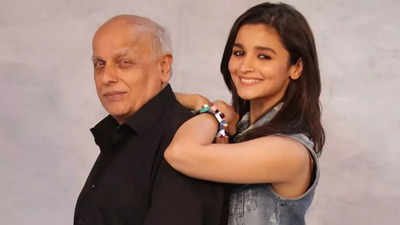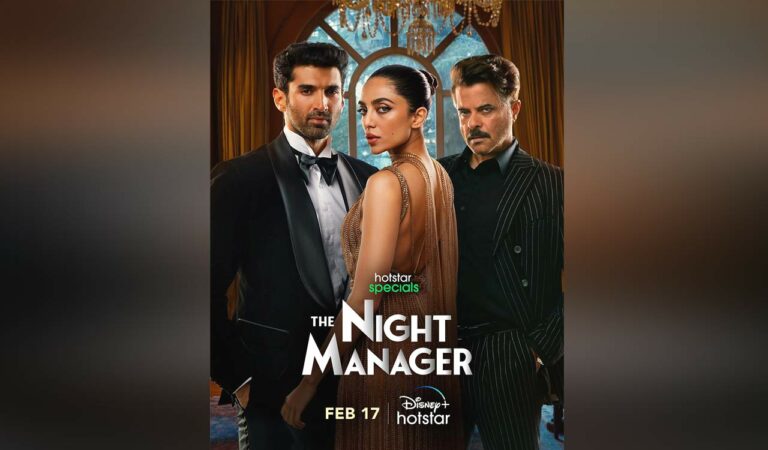As a child growing up in Toronto, I always wanted more stories about my parents’ lives back in Korea, before they immigrated to Canada in the ’70s. There were many holes that felt like secrets. Over the years, I’ve become more at peace with this (to quote comedian Hasan Minhaj, “Immigrants love secrets!”).
But that doesn’t mean I can’t try a new thing. In June, I pulled our kids from school and co-ordinated schedules for a big, multi-generational trip to Seoul. It wasn’t easy or cheap or relaxing — there was no swim-up bar for me in Korea.

But I’d long dreamed of travelling there with my whole family, including my parents, my kids’ beloved Halmuni and Halabujee, and we were finally making it real. The goal was to see my parents’ country through the eyes of my children. Trust me when I say it was the trip of several lifetimes.
Although I’d travelled to Korea on multiple vacations, along with my husband (who, after 20 years in our family, has honorary Korean status), this would be the first visit ever for our kids, Jasper, 12 at the time, and Leona, 10. Hannah Sung with daughter Leona in hanbok at Gyeongbokgung Palace. Being freed of our usual routines, new patterns cropped up.
We stayed in a residential building — my parents in a one-room apartment, the rest of us in another — in a neighbourhood called Gayang. Every morning, we joined my parents in their room as Mom prepared a breakfast of steamed yams, soft-boiled eggs, Korean chamoe melon and instant coffee. The kids nicknamed it Halmuni Café, their favourite new restaurant (“And we don’t even have to pay!” exclaimed Leona).
The grandparents indulged many of the kids’ new-found Korean delights. Leona fell in love with Daiso, a dollar-store emporium of cuteness. Jasper became obsessed with bingsu, a dessert of shaved ice and milk topped with fruit, red bean and injeolmi (roasted soybean powder).
My parents took them to both, more times than I can count. The kids were giddy and flush with yong-don — envelopes stuffed with cash from older relatives and friends. It’s a customary Korean gift, and they became very good at reflexively bowing in gratitude, as expected (“Gamsamnida!”).
We settled into our little neighbourhood. Every outing meant trekking through a pedestrian scramble intersection, passing by street stalls selling corn and crackers, and descending into the subway. Most days, we sped around on trains, underground and occasionally over bridges that cross the Han River.
On one such ride, looking down at the water, Dad mentioned, “There are many bridges, but during the war, only one.” He told me it was destroyed during the Korean War as a military maneuvre. “So many people died and were stranded,” he explained in Korean.
Everything is a reminder. Jasper and Leona with their grandparents, at the Statue of King Sejong, in downtown Seoul. One weekend, we left Halmuni and Halabujee to catch up with their old friends while my husband and I took the kids to hike , one of Korea’s most famous mountains.
A Google image search yields stunning rocky formations, the kind that inspires ancient folk tales, but for us, it was so rainy that all we got was fog. The comedy of hiking up one of the country’s most scenic sights during a torrential downpour kept me laughing, even while Leona dragged her feet, asking incredulously, “Why are we even ?!” Because this will be a future story, I thought. I knew better than to say this out loud.
What kept her legs going was the promise of , a short taxi ride from the mountain, where we stripped out of drenched clothes at the no-frills spa for a quintessential Korean experience, slipping into public baths, separated by gender. My daughter and I soaked in the thermal waters as women scrubbed each other in the showers. I remember being shy with my first experience of a Korean public bath, but my daughter would still be happily flipping around in the cold pool today, if I hadn’t coaxed her out with the promise of another new experience, the jjimjilbang lounge.
This is where you go to meet up after your soak, losing track of time and the outside world. We put on the cotton shorts and shirts we were issued, tried out the massage chairs, lay around on mats and ate sodduk-sodduk, a skewered snack with sausage and tteokbokki (rice cake), drenched in sweet and spicy sauce. After a long day of trampling around in the rain and soaking in the hot springs, we fell asleep on bean bags, utterly relaxed.
Back in Seoul, at the (which offers free admission, as many of the city’s museums do), the kids loved the selfie station with face filters, where we could upload our photos into historical portraits. We all died laughing at ourselves pictured as Joseon-era elites. Sunset at the Hyangwonjeong Pavilion in the center of the pond in the Gyeongbokgung palace in Seoul.
A trip like this is the closest you can get to time travel. Wandering by , the 600-year-old enclosed royal palace grounds and jewel of the city, my father casually mentioned a pond inside, where he had learned to skate. In Scarborough in the ’80s, we skated every Saturday night at Centennial’s indoor arena.
To learn that my dad’s own childhood ‘rink’ was within the grounds of a palace built in 1395 was both a simple fact and a tiny revelation, reminding me there were details of my parents’ childhoods that I don’t know. “Everything has been changed,” my mother said, as we strolled by the palace. Halmuni and Halabujee said much of Seoul is unrecognizable.
And yet, as we travelled around together, the past seemed ever present — the places unlocking stories that I’d never heard and that my children wouldn’t have known otherwise. I can’t imagine a better history lesson than being on this trip together. “Halabujee has had a hard life,” said Jasper, pulling me aside quietly one day.
“Halmuni, too.” The kids were hearing stories way outside their peaceful Canadian experiences. “But look at them now! They have you.
They’re so happy, right?” I replied. He could tell I was right. It was plain to see as we spent the days together.
At the Paju Imjingak Peace Gondola, which offers a view of the DMZ, near the border with North Korea, my kids and I took a cable car ride up to Camp Greaves, an old American army base turned museum. Here, my children read a letter written by a young soldier to his mother during the Korean War. It made them cry.
I cried, too. I was touched to see them so affected by a museum exhibition, and I knew they were experiencing it through the lens of their grandparents, who survived war’s irreversible effects and long tail of destruction. They learned a lot about their grandparents on this trip and met their grandparents’ siblings, and heard how they survived in the years after the Korean War.
Those stories came to the surface, even though they had long been buried in the distance between Korea and Canada. We felt lucky to hear some of them, even while they stay private in the family. I don’t take any of what was shared for granted.
Not everything in Korea is about the Korean War, but it shaped the young lives of my parents, setting them on a path that led them to Canada. Almost 50 years after landing in Toronto, they went back with two of their Canadian grandkids, hand in hand. And now we have new stories to share among ourselves.
I couldn’t think of better souvenirs..



















